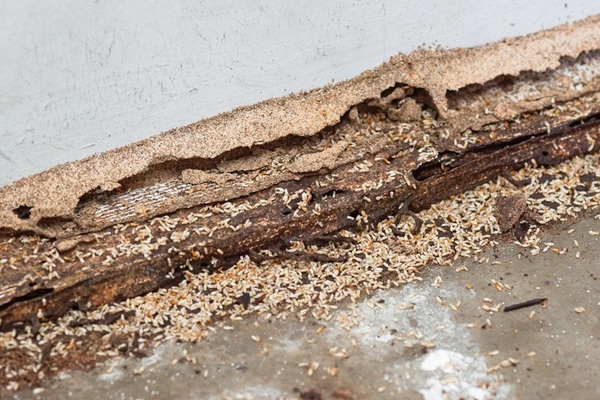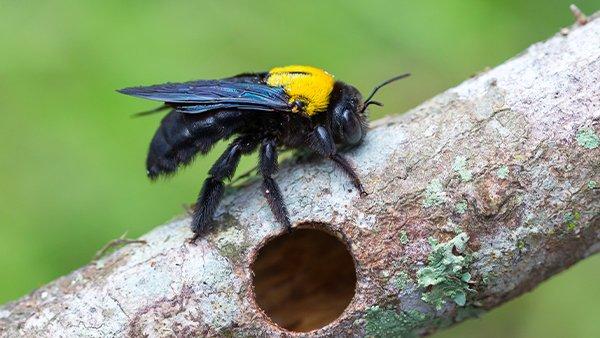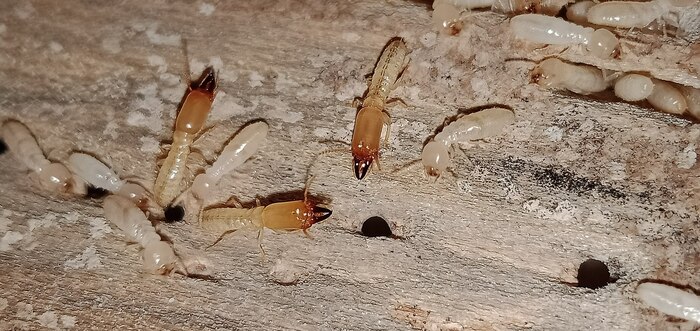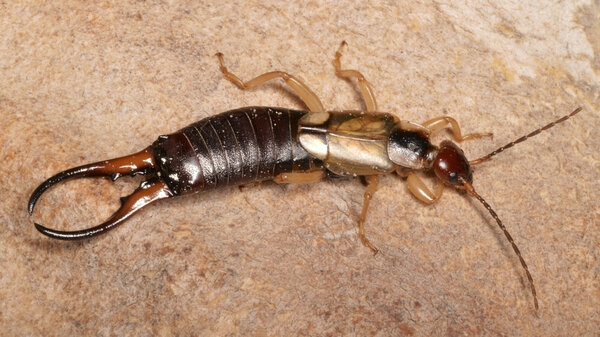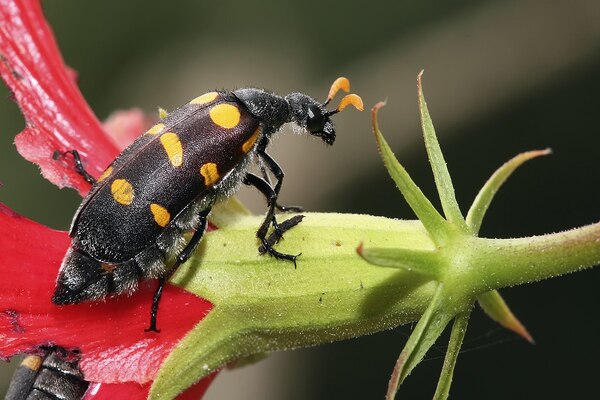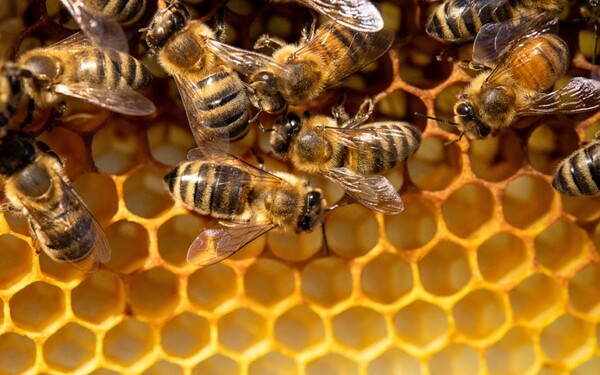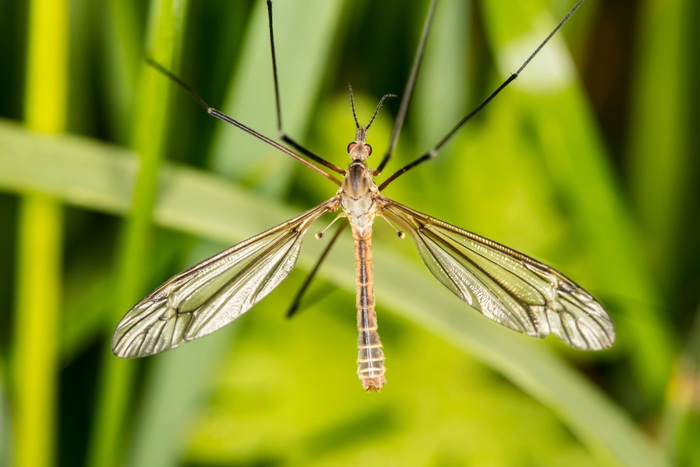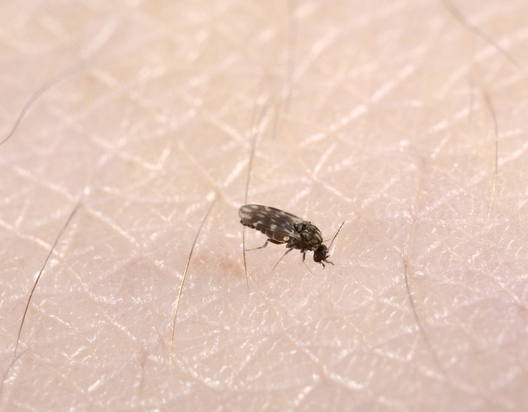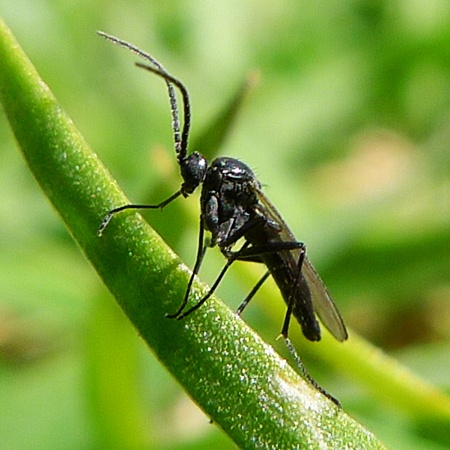Termite mud tubes are small, pencil sized tunnels made by worker termites consists of small pieces of soil, wood and concrete or stone foundations. Mud tubes are most commonly used by subterranean termites, which connect their colonies in the soil underground to their above ground food sources via mud tubes. These tubes are made from […]
Carpenter bees are non- social insects. They do not eat wood but cause damage to structures by drilling circular holes to create tunnels inside wood. The most common signs of a carpenter bee infestation are the round, smooth holes that carpenter bees bore into wood.
Termite species like Heterotermes indicola and Microtermes and Odontotermes species are serious structural pests in India. Worldwide more than 40 billion was estimated on account of termite damage. A study revealed at least 13 species of termites belonging to three families are associated as indoor pests with structural damage in India. Heterotermes indicola is the […]
1.Earwigs are easily recognized by their long, smooth bodies and pair of appendages at the tip of their abdomen called “cerci”. 2.They are nuisance pests that typically are found in basements and other cool, damp areas. 3.As nocturnal insects, they normally congregate in areas that are dark and humid during the day. 4.Typical indoor hiding […]
Blister beetles are hypermetamorphic, can inflict a painful bite if threatened or provoked, Blister beetles are so-named because of their special chemical defense mechanism. The blood of blister beetles contain a terpene called cantharidin. When it comes in contact with human skin, cantharidin causes a superficial blistering, swelling and irritation. These beetles attract to light […]
1.A single bee can produce 1 tablespoon of honey in its lifetime. 2.Bees can fly up to 12 mph. 3.A Queen Bee will lay 800,000 eggs in her lifetime. 4.Bees are tidy and meticulous. 5.One ounce of honey would fuel a bee’s flight around world. 6.A pound honey is made by visiting 2million flowers. 7.The […]
Crane flies are mostly a nuisance. Mature crane flies often annoy residents when they fly into homes and bump against the walls or ceilings. These flies invade home most likely looking for food or areas to lay their eggs. Although they look like giant mosquitoes. Wet springs are associated with a high emergence and large […]
Termites secrete a wide variety of different pheromones. The pheromones are secreted from glands located on their chests. Different pheromones communicate a wide variety of information to other caste members. workers release an aggregation pheromone at their nesting site, and that this pheromone induces rapid and long-lasting aggregation of workers. The pheromone is a mixture […]
Biting midges are small, barely-visible, blood-sucking flies can be a nuisance to those who spend time outdoors. They will readily bite humans, the bites are irritating, painful, and can cause long-lasting painful lesions for some people. They breed in salt and fresh water habitats. Biting midges are a known transmitter of Mansonella ozzaqrdi, a human […]
Fungus gnats are small black flies features dangling legs and long bodies that make them appear similar to a small mosquito, Flies infest soil, potting mix, other container media, and other sources of organic decomposition. Their larvae primarily feed on fungi and organic matter in soil, but also chew roots and can be a problem […]

